9 Simple Ways to Be an Animal-Friendly Traveler
Ethical Animal Tourism / March 11, 2025 / 12 comments
Most people wouldn’t think of hurting an animal but when it comes to tourism, it’s not always easy to tell if certain activities harm animals or not. We like to think of ourselves as an animal-friendly traveler, but are we really? As travelers, we all have a responsibility to ensure our actions don’t cause any suffering. Sadly, though, many tourist activities still involve a lifetime of suffering, abuse, and exploitation for millions of animals. It’s important to only partake in ethical animal tourism when we travel.
I was horrified by how animals were treated too many times during my travels. Take elephant tourism in countries like Nepal and Sri Lanka. Unfortunately, it often revolves around money and greed and it won’t stop unless people stop engaging in activities that hurt animals.
So, let’s dive into it! This post offers nine easy ways to be an animal-friendly traveler, whether you’re already aware or not.
This post contains affiliate links. This means if you purchase something from a link, I may make a small commission, at no cost to you. This helps me keep the site running and free.
If you like this post, be sure to sign up for my e-mail list for travel inspiration & tips, or connect with me on Facebook, Instagram, Twitter, BlueSky, Threads, or Pinterest. I also have a Facebook group where you can ask me anything travel related – and I share travel deals!
1. Research
First things first. Start by researching the places you’re going to visit. A quick search on the internet will provide you with lots of information to decide whether you should visit a place or book an activity or not. Read reviews on websites like TripAdvisor and ask yourself questions.
Be aware of greenwashing while you’re doing your research. As responsible tourism is becoming increasingly important, many companies are now fooling tourists into believing their company is ethical. They label themselves as an “orphanage” or a “sanctuary” while they’re not. Look for red flags like poor living conditions and distressed animals or “orphanages” offering elephant rides or bathing, interaction with wild animals, etc.
If you want to visit an animal sanctuary or orphanage, make sure that the aim of the project is in the animals’ best interest (this should include re-homing, rehabilitation or releasing the animals back into the wild).
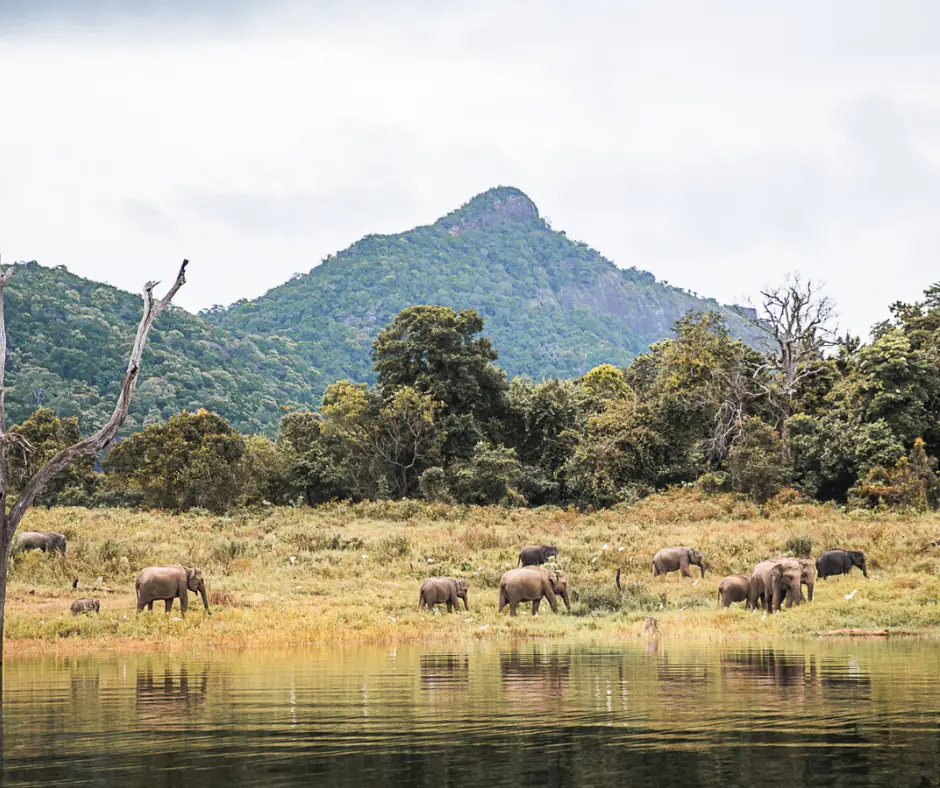
2. Choose Experiences That Don’t Harm Animals
Don’t ride elephants and don’t pet tigers or lions, for example. It’s good to know that when wild animals can be petted, they’re often drugged, and their teeth might have been removed. These are some of the most cruel animal encounters. Avoid performing monkeys, running with bulls, circuses involving wild animals, etc. on top of that. The list goes on and there’s often a lot of cruelty involved in these kinds of activities.
Remember that exploitation is not entertainment. Animals are taken away from their natural environment, drugged, and brutally trained for tourism, and sadly, this will continue for as long as people are willing to pay for it.
Although some things are quite obvious, it’s not always easy to tell if activities are animal-friendly or not when you travel. Here are some questions to keep in mind:
- Are wild animals forced to perform tricks?
- Are you able to ride, swim, touch or take selfies with wild animals?
- Does your guide lure wild animals closer with food?
- Are wild animals kept in small spaces?
- Is your weight evenly balanced with the horse you’re going to ride?
The best thing you can do is to limit your encounters with wildlife to the wild. I will never forget my first safari – seeing animals roam freely in their natural habitat is one of the best travel experiences you can have.
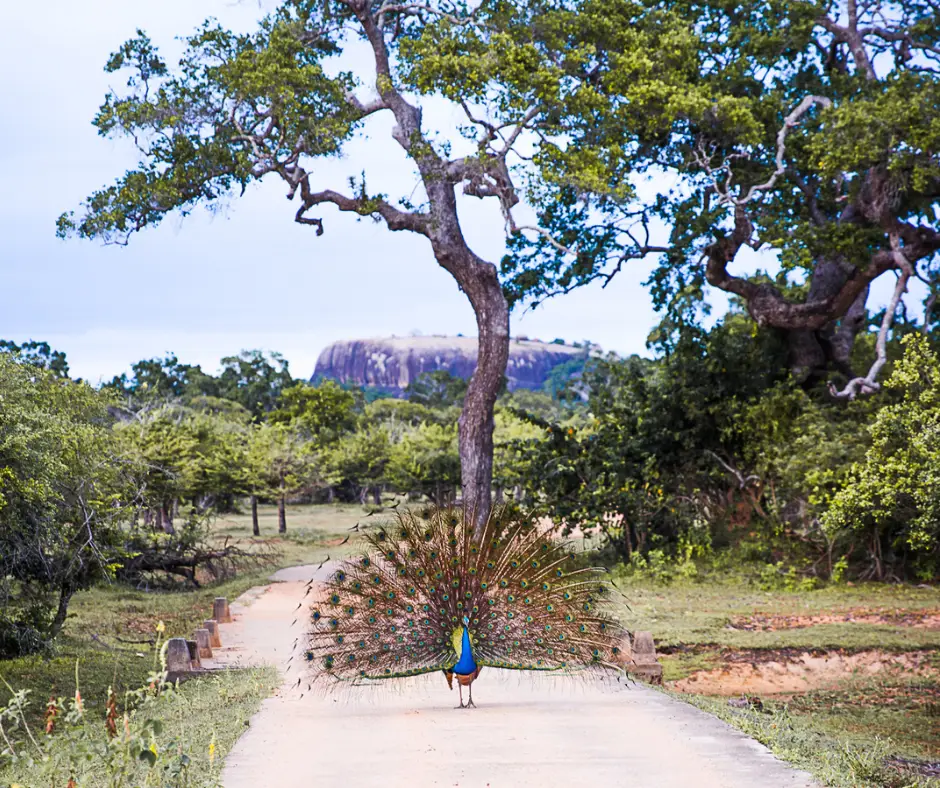
3. Don’t Accept Culture as an Excuse for Cruelty
Activities like bullfights, cockfights, elephant football, religious animal sacrifices, etc. have been going on for too long.
People are prepared to defend their culture rather than question ethics, but just because these traditions are traditions doesn’t mean they’re okay. Over the years, we’ve learned more about animals, and it’s time to recognize them as sentient beings.
So, don’t accept tradition as a valid reason to harm animals.
4. Ask Questions
Don’t be afraid to ask questions when you’re considering booking a tour through an agency. Ask them if they have an animal welfare policy and make sure that the animals are treated well.
Always use your common sense and don’t believe everything people might tell you, as some greenwashing companies will go out of their way to make you believe something’s ethical when it’s not. Remember that they’re trying to sell you something.
Be sure to check out my ten questions to ensure the animal encounter is ethical before you do it!
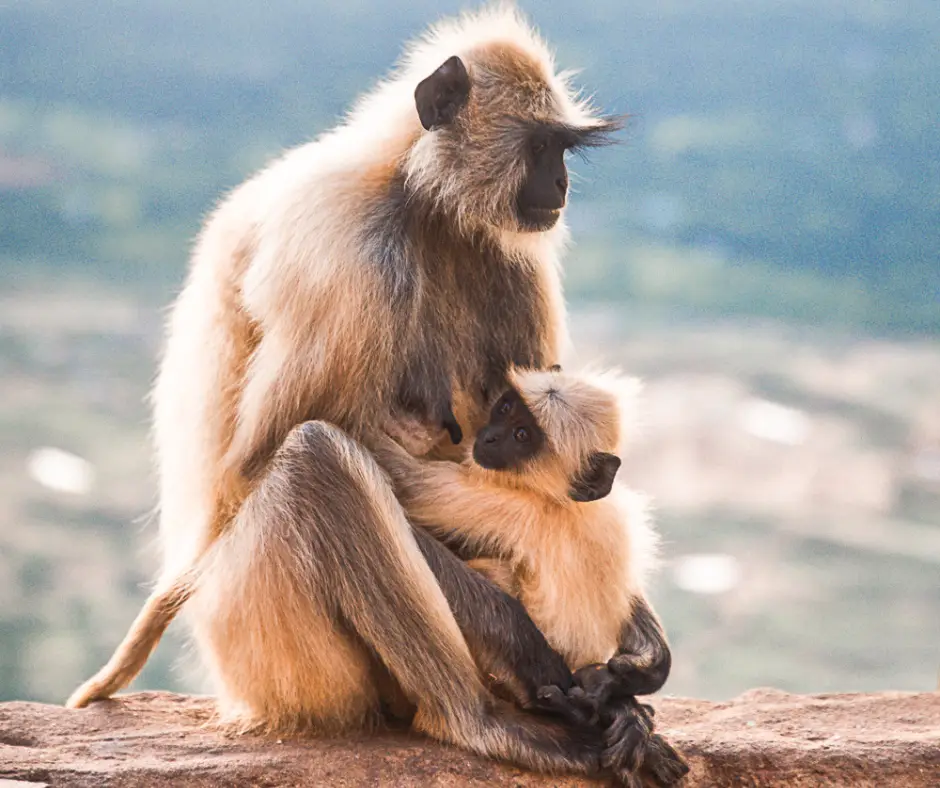
5. Keep Your Distance
Respect wildlife and don’t try to interact with or feed wild animals, watch them from a distance instead.
It’s not safe to get too close to wild animals in the first place anyway and it’s also important to let them continue their feeding, resting or whatever they’re doing.
6. Eat Less Meat
If you can and want to, reducing the amount of meat you consume is another good way to be a more animal-friendly traveler. On top of that, eating less meat is one of the best ways to protect the environment.
I stopped eating meat for an entire year when I travelled around India and I didn’t even miss it as there are so many delicious alternatives here!
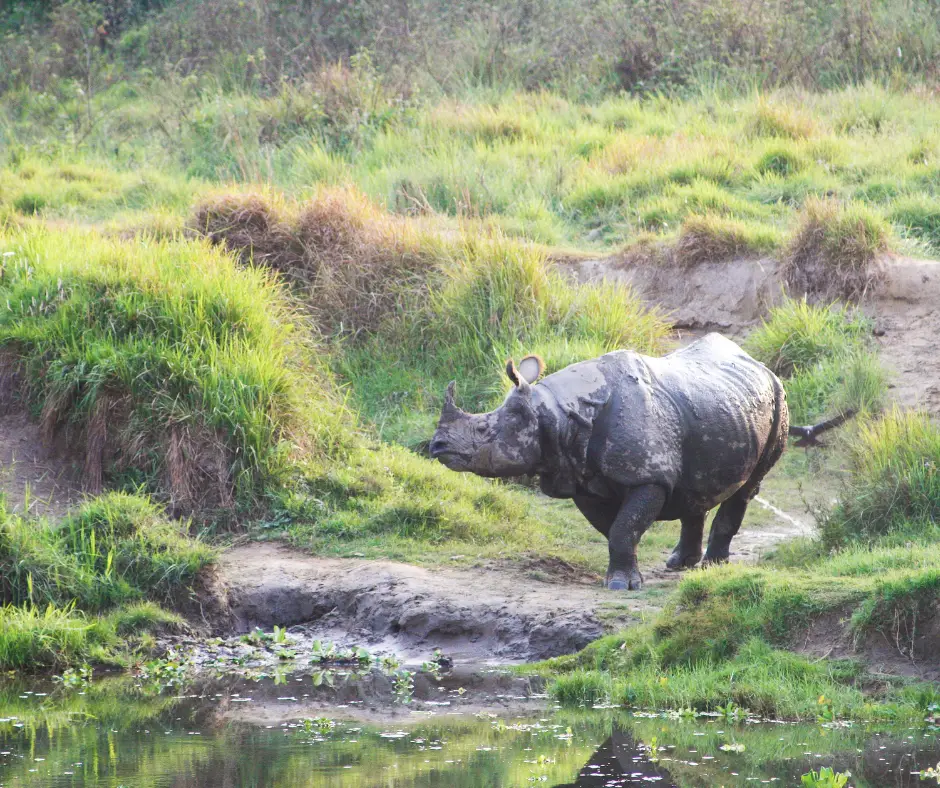
7. Be Mindful of Where You Sleep and Eat
When I visited Chitwan National Park in Nepal, there was a lodge in the street where I was staying that had an elephant in the garden. The elephant was chained, underfed and only there to lure tourists into staying there.
So, do some research before you book your accommodation and don’t stay in places like this… The same goes for restaurants and street food – avoid eating at places that serve local dishes with exotic animals.
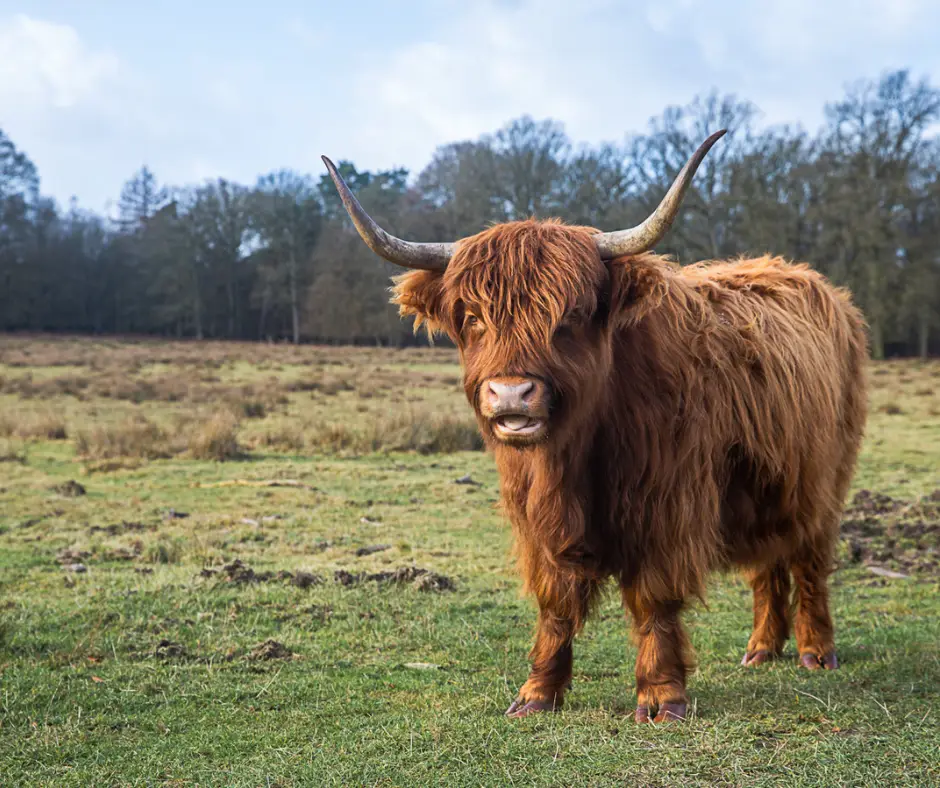
8. Don’t Buy Cruel Souvenirs
Don’t purchase souvenirs made of animal parts – like ivory, fur, horns, turtle shells, etc. Also, avoid live markets where exotic and endangered animals are sold.
If you want to shop for souvenirs, opt for local ones and give back to the local community instead.
9. Speak Out and Spread the Word
Speaking out is so important because, besides not taking part in tourist attractions that harm animals, this is the only way we can change the industry.
Share the good and the bad. Encourage people to travel in an animal-friendly way and share any form of animal cruelty on social media. You can also report this to animal protection companies. Make sure to include what happened and when and where it happened when you do.
Don’t forget to do the same when you find a place that has the animals’ best interest and give them a nice review. This will surely help other animal-friendly travellers!
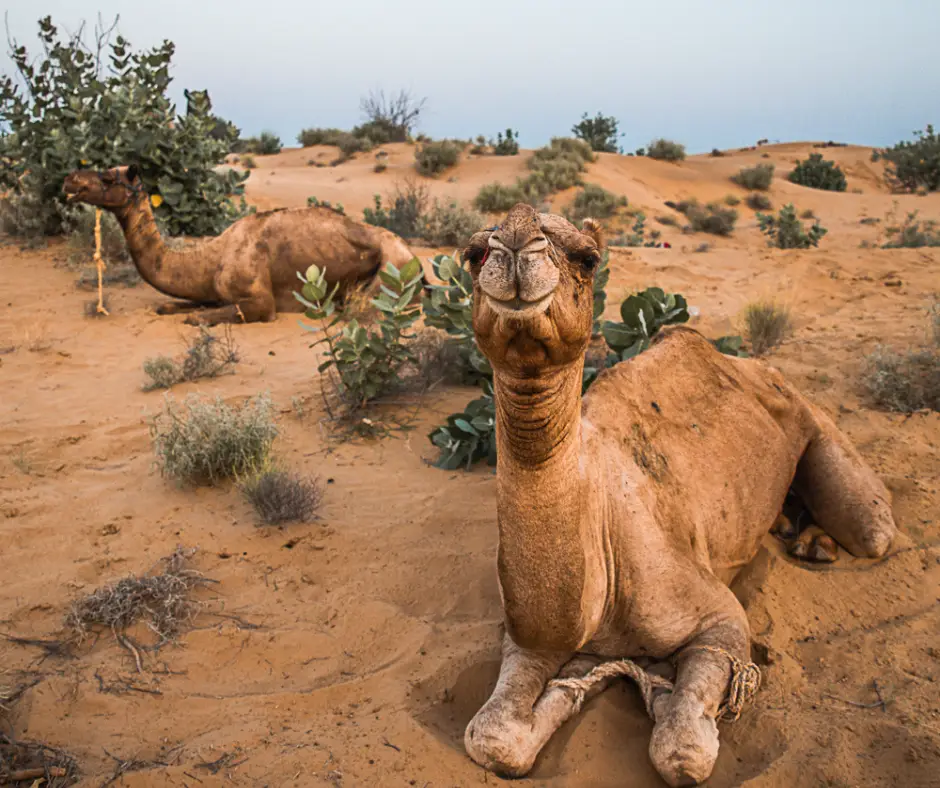
Final Thoughts
Being an animal-friendly traveler not only helps protect wildlife and local ecosystems but also contributes to more sustainable and responsible tourism. By choosing ethical experiences, supporting conservation efforts, and respecting animals in their natural habitats, you can make a positive impact on the world while creating unforgettable memories. Travel with compassion, and you’ll leave each destination better than you found it.
Author bio: Laura Meyers is the founder of Laure Wanders, a cultural travel and adventure blog. She was born in Belgium and has been traveling solo for years. She currently spends most of her time between Belgium and South Asia and loves helping other travelers plan their adventures abroad.
Save: “How to Be an Animal-Friendly Traveler” for Later
About the Author


12 responses to “9 Simple Ways to Be an Animal-Friendly Traveler”

Excellent thoughts and well researched. It is very easy to get caught up in this, in certain countries particularly. We have witnessed all of this, and have done our best to avoid it. Thanks for all these great thoughts.

It is so easy to get caught up in the local “culture,” but as you mention, that culture isn’t always animal friendly. Great tips to help determine how animal friendly it is.

This is such an important post. We love wildlife adventures but are always concerned that they should be ethical. This post has loads of handy tips – it can be really difficult to determine if an experience is ethical and the greenwashing element does make it harder. So the guidance on doing research, learning what to look out for and which questions to ask is really helpful.

Great tips for responsible travel. I appreciate the focus on ethical experiences and protecting wildlife. Supporting local sanctuaries is a great reminder, too. Thanks for sharing.
Carolin | Solo Travel Story

So many great tips, thank you for spreading the word!

It’s a very important topic. Thank you very much for drawing your attention to it. I always try to see animals on my trips, and I’m always wondering if they are treated well. I sure hope so, but sometimes it’s hard to tell what goes on behind the curtain. Doing research is important and being alert if something does not look right.

We love learning about animals and exploring animal sanctuaries on our vacations. I love these tips and this insight.

Interesting article on a subject that most people ignore!

With more travel comes more awareness, and through time that awareness grows further. Things that didn’t register as problematic 20 years ago while traveling are getting more attention now, and with posts like this to guide, it’s all about educating people. what a great write up, and some important things to consider when interacting with animals. Research is absolutely your best friend when planning, rather than just taking it all at face value.

This is an excellent article to help us determine activities that aren’t caring for animals. It is sometime challenging to see beyond the greenwashing of ‘sanctuaries’ but, with these tips, it should help promote more ethical situations which will put pressure on less ethical businesses to change their ways. It’s our tourist dollars that allow the unethical businesses to survive.

Absolutely! And these businesses are getting smarter so it’s even more important to be aware of what to look for!

I totally agree with one of your points regarding culture as an excuse for cruelty, which has always bothered me whenever I heard the excuse of “other cultures do this” when it comes to hurting animals. It’s just wrong. Whenever I travel, I always look for animal sancturies. Especially, wild cat sanctuaries. They offer a more quiet and serene experience for not only the humans but the animals, and it’s generally very respectful. Nothing against zoos and kids should learn about interactions with animals but I never really felt comfortable at those places. Animal sancturaries are often the way to go, at least for me.





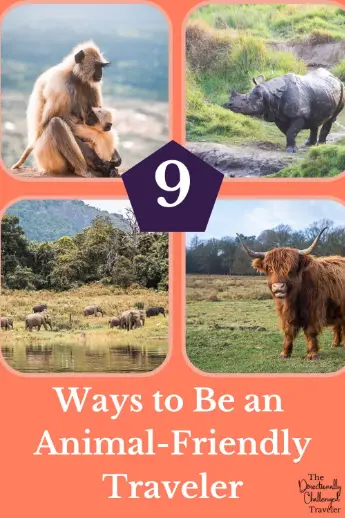
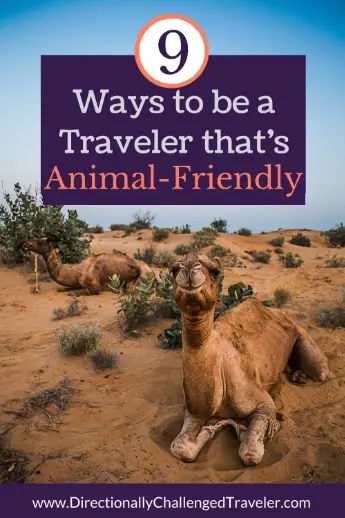
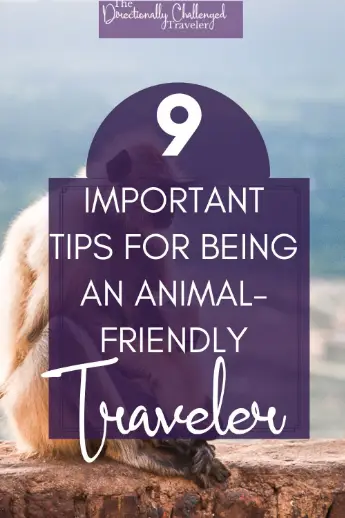




Leave a Reply